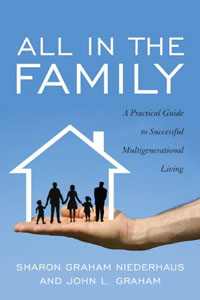Aging Boomers
PROBLEM
One of the greatest challenge facing America today is the growing decrepitude of American baby boomers. We baby boomers are now breaking both American pension and healthcare systems. With my sister I have written a book on this topic and its potential solution, All in the Family: A Practical Guide to Multigenerational Living. Topics covered include the financial and emotional benefits of living together; proximity and privacy; designing and remodeling your home to accommodate adult children or elderly parents; overcoming cultural stigmas about multigenerational living; financial and legal planning; and making co-habitation agreements.
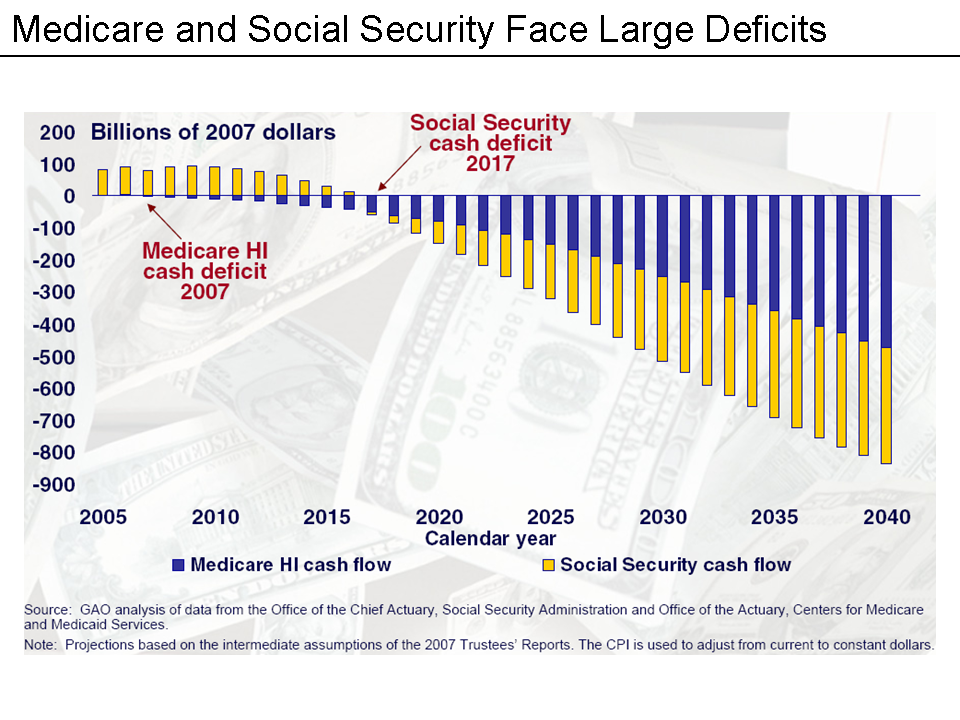
The longest view of the progress of humankind suggests that governments have always been unfaithful to humans. The current example, our crumbling Social Security system, has really only succeeded in dividing families. In 1940, over 60 percent of elderly widows lived with their children. By 1990, that number had dropped to less than 20 percent. Thankfully, this trend of loneliness appears to be finally reversing circa 2010.
Margaret Mead long ago pointed out that the family is the only institution that persistently supports us. What the economists are calling an economic problem is best understood as a cultural reversion to older living patterns. The reason? Our 20th century experiment with nuclear families has failed. That’s the problem.
AND?
Change zoning laws and architectural regulations to make is easier for Americans to rediscover the importance of the extended family.
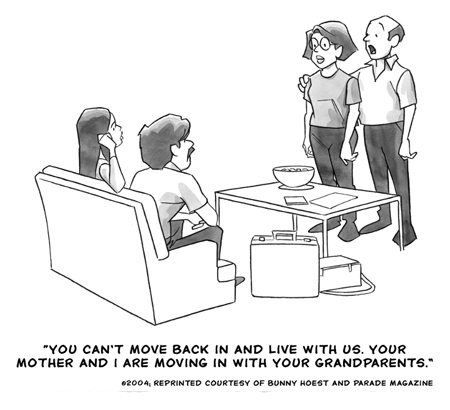
The single-family suburban home did work for a time, while mothers stayed at home to raise children and life spans were shorter. However, with the advent of extended life expectancy, and with both parents working, the single-family home for nuclear families is no longer meeting the needs of our changing population. It’s no wonder that the current so-called economic malaise began with housing in 2007. That’s about the time the economic system began to realize that the American housing stock is actually worth less because it doesn’t fit the coming needs of the marketplace.
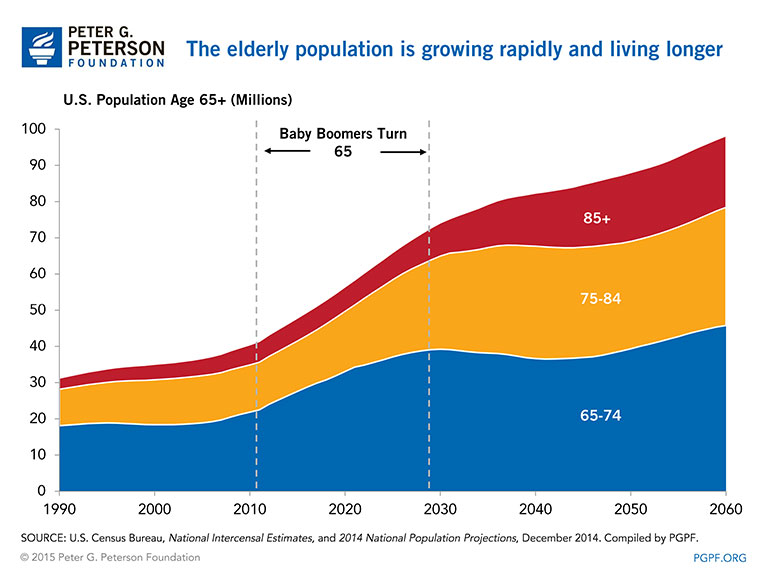
Accessory apartments produce two kinds of complaints. First, physical impacts, such as increased parking and traffic and architectural changes in buildings, are often seen as disruptive to neighborhoods. The second sort relates to social and cultural issues. That is, accessory apartments deviate from the traditional ways of looking at housing, family, and the neighborhood. It stands for a change in the way the single-family house is used, a departure from the conventional meanings connected to residential zoning categories. Despite such complaints, cities such as Santa Cruz and San Francisco are actually encouraging the building of dwellings by providing plans and instructions on government websites.
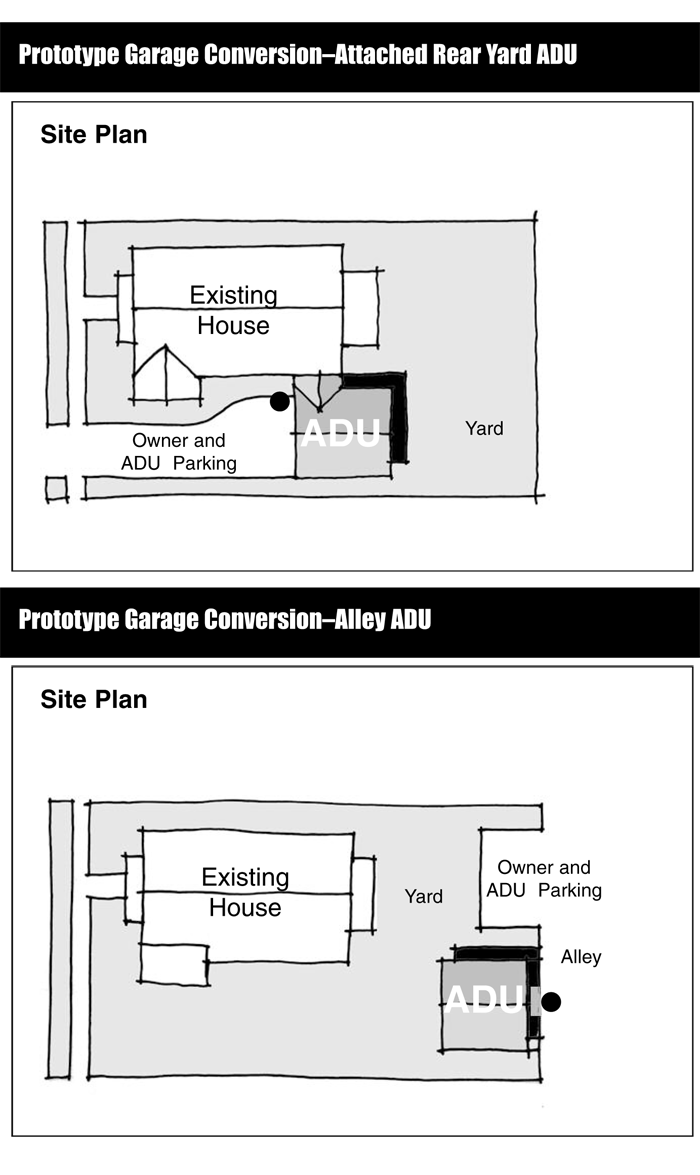
One of several options available in the Santa Cruz Accessory Dwelling Manual
Fast-rising life expectancies, the growing costs of elder care, the increasing need for child care, the frustrating lack of affordable housing, and the new disconnectedness – all are producing unfamiliar challenges for families all around America. Fortunately, our aforementioned 20th century dalliance with nuclear families and white-picket-fence suburbia is fast winding down. The “social avalanche” of elderly baby boomers will force Americans back to the familiar family form of multi-generational households.
America must spur the comeback of accessory apartments and the flexibility of mixed neighborhoods with respect to size, value, and use. It is time to reflect on the future and to design communities and homes that will accommodate a fast-graying America in innovative ways.
LEARN MORE
- Listen to John and his sister discuss their book on this public radio podcast
- Watch this video of John talking with Dr. Manny about multi-generational living on Fox News.
